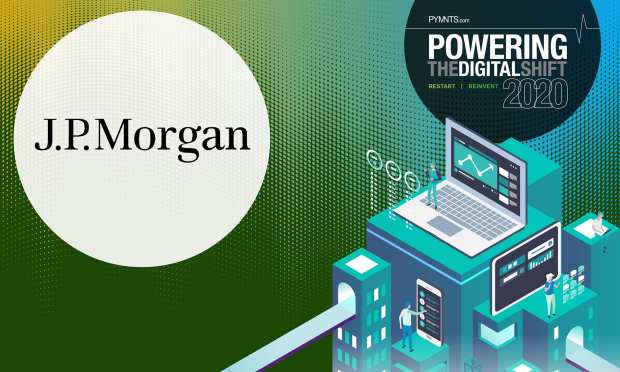The World Is Quickly Moving To Instant Payments

“We have seen instant payment traffic increase exponentially, putting an increased focus on the infrastructure required to make this happen.”
Payments preference is overtaking banking, surfing a tsunami of change. “The increase in electronic payments has … propelled us closer to becoming a truly cashless society, underlining the importance of digital infrastructure and ensuring an optimal client experience,” said Sara Castelhano, EMEA head of payments and digital product at J.P. Morgan. “But this situation creates challenges, too. Focusing on customer preference of payment across all segments — including cash — enables businesses to improve their reach and personalize their services to gain customer adoption.”
The following is an excerpt from How 35 Execs Are Powering The Great Digital Shift Of 2020 (And Beyond), contributed by Sara Castelhano, EMEA head of payments and digital product at J.P. Morgan.
2020 has been a challenging year, with COVID-19 directly impacting the global economy and the full extent still to be realized. We saw businesses forced to close at a moment’s notice and companies migrating to full work-from-home arrangements. The global pandemic has given us obstacles to overcome, but at the same time has provided an important catalyst for change.
One area COVID-19 has spotlighted is digital banking, as unprecedented amounts of payments have become electronic and are required to be made instantly: 24 hours a day, seven days a week, 365 days a year.
We have seen instant payment traffic increase exponentially, putting an increased focus on the infrastructure required to make this happen. Instant payments have been vital in helping the economy, allowing businesses and consumers to immediately access funds, and giving the economy the kick-start it requires as we emerge from the pandemic.
The increase in electronic payments has also propelled us closer to becoming a truly cashless society, underlining the importance of digital infrastructure and ensuring an optimal client experience. But this situation creates challenges, too. Focusing on customer preference of payment across all segments — including cash — enables businesses to improve their reach and personalize their services to gain customer adoption.
With the increased focus of digital client experience comes the need for businesses to visualize transactions in real time. The use of SWIFT gpi, for example, provides a complete track-trace function, much like that of a courier. It enables improved cash management controls, heightened visibility and reassurance, all of which are vital in day-to-day business operations in these unique times. Indeed, it has never been more important for our clients to understand where their cash is.
One positive outcome of the global pandemic has been witnessing how businesses can adapt to uncertain situations and challenge the status quo. Going remote has sped up the pace of the move to digital. Prior to COVID-19, the world was reliant on wet-ink signatures and the physical delivery of documents. The great adoption of electronic signatures during this time has allowed us to be faster, efficient and more agile — especially during the client onboarding process, which can be cumbersome and time-consuming with the requirement of various signatories. We have seen how quickly we can change – and to continue this momentum, we need to keep pushing forward and adopt this new environment as our BAU.
Finally, the current situation has underlined the importance of trust, partnership and preparation, among both clients and employees. Clients look to us to be thought leaders and experts in our fields. They also rely on us to develop, implement and oversee the best payment technology and solutions — before, during and after the current crisis. We could not have adapted to this situation without the behind-the-scenes preparation and scenario planning, or the resiliency of our workforce, which is committed to delivering best-in-class client service and experience.
